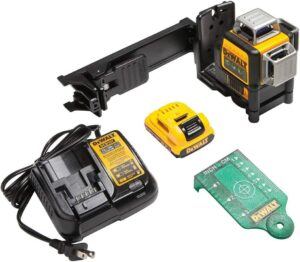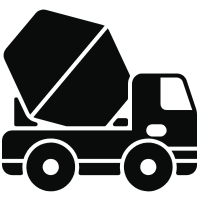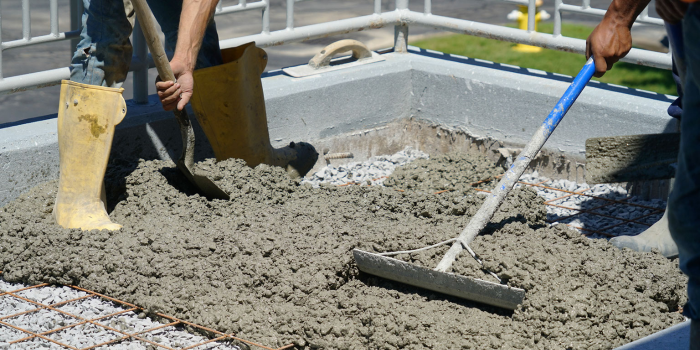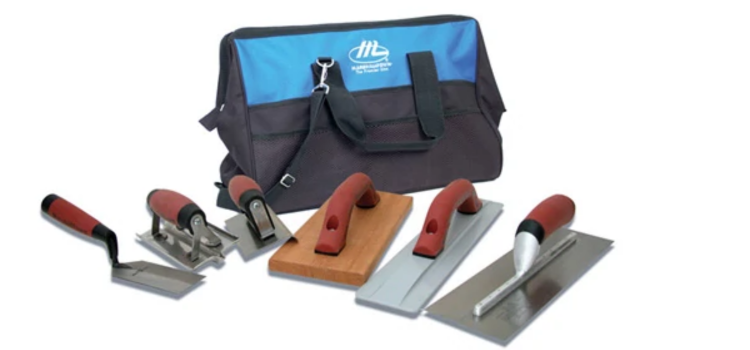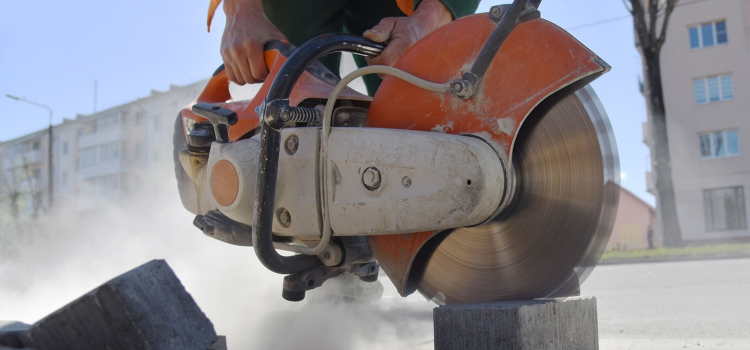If you are new to concrete placing and finishing, learning the names of individual concrete tools is a must.
Here is a list of the most popular concrete tools with a small description of each one describing its uses in the concrete placing and finishing process.
Concrete Tools And There Uses
Below is a list of some of the more common concrete placing and finishing tools with a small description of what that tool is, and what it is for in the concrete industry.
Concrete Trowel
A concrete trowel is used for finishing concrete. As the concrete cures and hardens, a concrete trowel is swiped across the concrete to smooth out and fill in any small stone holes that may remain in the concrete.
The trowel is perfect for use against edges.
Used when the concrete is almost completely set, a very smooth finish can be achieved.

Concrete Rake
Concrete rakes are designed and used to help pre-flatten and level the concrete before the screeder levels the concrete more precisely.
A good concrete raker is hard to come by, and trust me, after almost 15 years of placing and finishing concrete, concrete rakers can be the difference between easy screeding, and hard screeding.
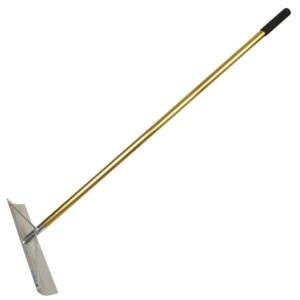
Concrete Screeds
A concrete screed is used to level or flatten the concrete at the desired height.
Concrete screeds come in sets and sizes usually consisting of
- 1.2m
- 1.8m
- 2.4m
- 3m
- 3.6m
1: Box Section
2: Box section With Handles
Both work well and is more preference of choice, however the box section will be harder on your thumb muscles to start with.
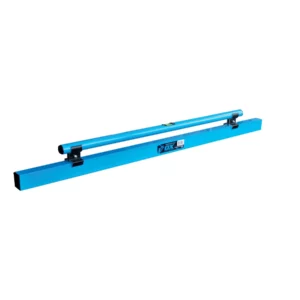
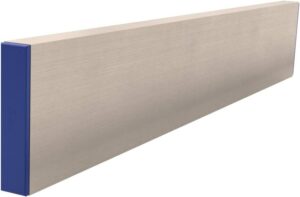
Concrete Bull Float
The concrete bull float is used after the screeding process.
The bull float is pushed and pulled over the concrete with a slight pitch.
This helps smooth out any screeding lines and further helps level/flatten the concrete.
Once the concrete is bull floated the concrete will be sealed and the bleeding process will begin.
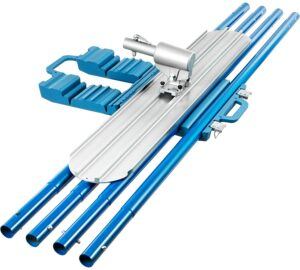
Concrete Magnesium Float
This very handy concrete hand tool is used for many small and big jobs.
Used mainly for level heights and closing up edges the maggie, or magnesium float is a concreter’s best friend.
The magnesium float is also used for a number of finishing techniques.
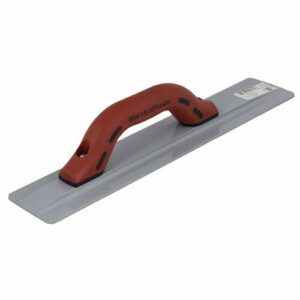
Concrete Edger
No one wants sharp edges on their patio or driveway and that is exactly why this tool was invented.
The concrete edger is used in about 85% of jobs, if not more, and is a must-use for any concrete that will be seen or exposed.

Concrete Power Trowel
( Kelly Float )
The concrete kelly float or more commonly known in the states as a power trowel is a troweler’s best friend when it comes to finishing larger concrete areas.
With 4 trowel blades and a lot more weight, getting smooth, burnt, and glossed floors can be achieved.
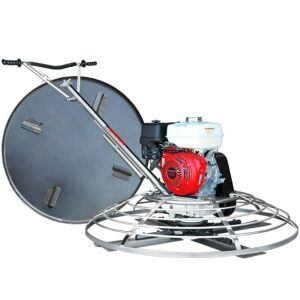
Push-Pull Trowel
A trowel on a stick!
If used correctly this push-pull trowel can save a lot of time, and still get you high results of finishing.
Great for thinner driveways, small patios, footpaths, etc, this tool can save loads of time and effort on the body.

Concrete Fresno ( Walking Trowel )
The concrete freezno or commonly known as a walking trowel is used to achieve a flat finish on the concretes surface.
Much like a hand trowel, just on a pole, the concrete freezno can be very useful in getting to hard to reach places to trowel without having to get out onto the pad.
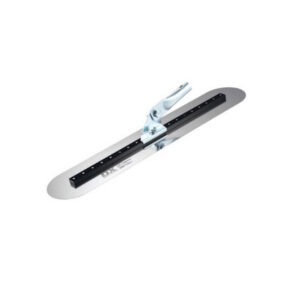
Plate Compactor
More for pre-slab, making sure your concrete has a solid foundation to sit on is crucial.
As this tool compacts, the ground little voids and/or small air pockets are forced out making a harder foundation
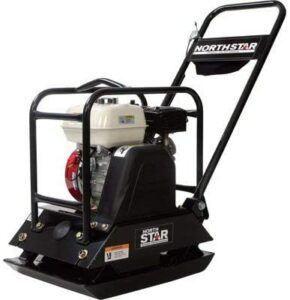
Concrete Broom
The concrete broom is most commonly used for the finishing of concrete and using it on almost hard concrete will leave a grippy, textured, lined effect.
Most commonly used on footpaths, driveways, ramps, some patios, and any other concrete project that requires grip.
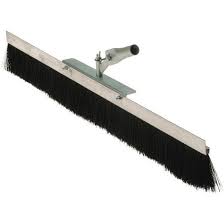
Laser Level
Any jobs that span over a longer distance will require a laser level.
Laser levels, also known as line lasers, once set can tell us our height lines over a span of around 50 – 300 meters, depending on the quality of the laser.
From an initial height, we can work out our fall ratios and adjust the laser receiver to suit.
